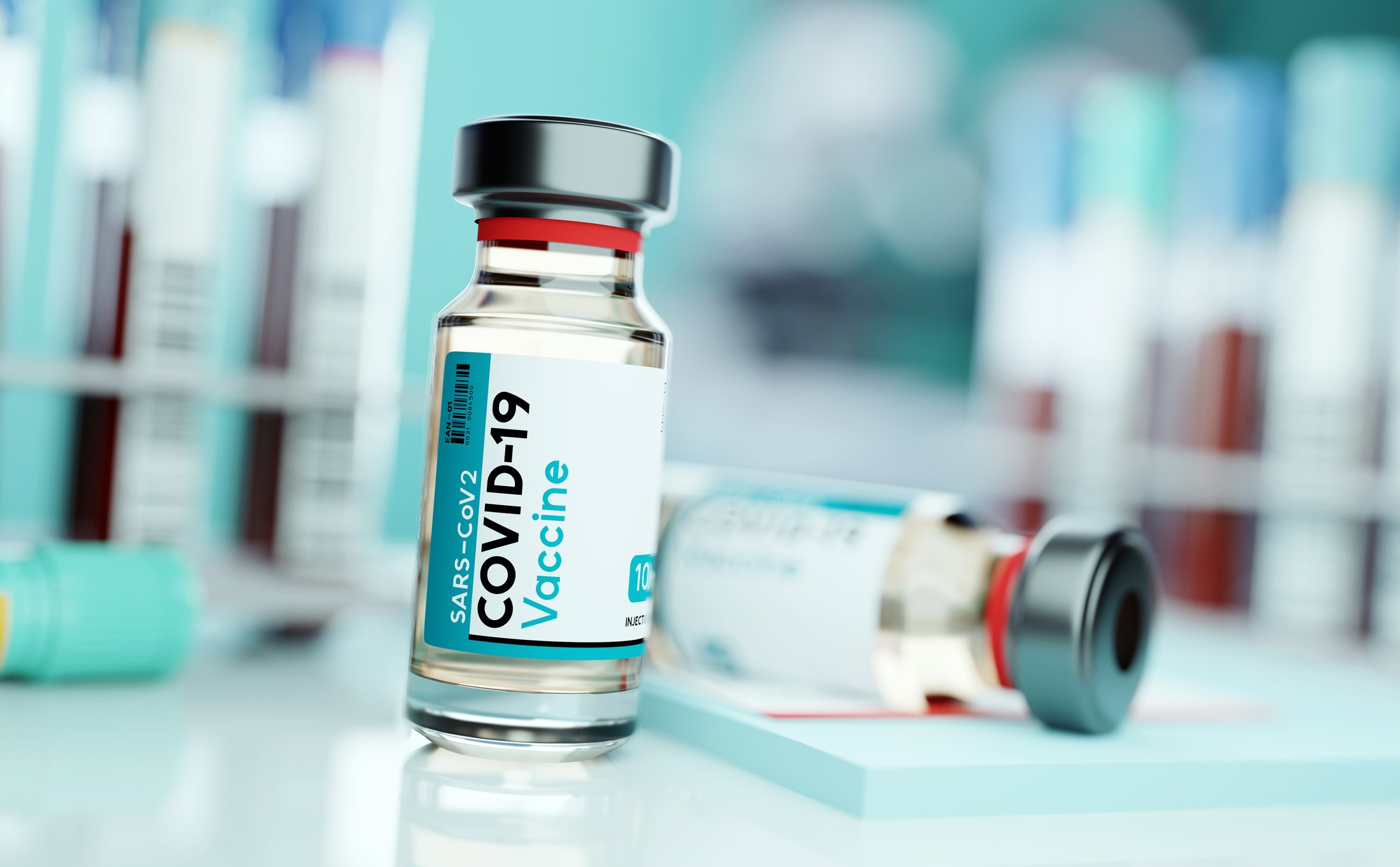For WHO Immunisation Week, we investigate what might propel the next great leap forward in vaccine development. Vaccinations’ power has been front and centre in recent years, illuminating a path for the world through the pandemic. But immunisation isn’t just a COVID-19 issue: it’s a global movement that helps protect the global population from a variety of diseases.
PlayUnmute\sFullscreen\sVDO.AI
However, doing so in a careful and safe manner is critical. While the need for vaccines to protect against deadly diseases like malaria and HIV is as urgent as ever, breakthroughs do not happen overnight.
Not only is research strict, but clinical testing is as careful and rigorous as possible, ensuring that every vaccine that reaches the public is unquestionably safe.
Policy changes that facilitate vaccine development and access, on the other hand, can occur much more quickly.
Governments in countries such as India have demonstrated the power of investing in vaccine manufacturing and development, while other global initiatives to improve immunisation access have been undermined by profit-seeking parties.
In the aftermath of the pandemic, countries around the world will be tasked with protecting their populations from established and emerging viruses and diseases. Striking a balance between science and policy will be critical as the COVID cloud lifts and new pathogens emerge.
VERIFICATION OF REALITY The first successful vaccine was the smallpox vaccine, which was introduced in 1796 by British physician and scientist Edward Jenner.
Prior to COVID-19, the mumps vaccine, which took about four years to develop and deploy, was the fastest vaccine to go from development to deployment.

In 2020, only 19 vaccine introductions were reported, which is less than half of any year in the previous two decades. Vaccines protect an estimated 2-3 million children from deadly diseases each year. During the same time period, however, approximately 1.5 million children under the age of five die from vaccine-preventable diseases.
In 2020, only 19 vaccine introductions were reported, which is less than half of any year in the previous two decades. Vaccines protect an estimated 2-3 million children from deadly diseases each year. During the same time period, however, approximately 1.5 million children under the age of five die from vaccine-preventable diseases.
Citrawati Dyah Kencono Wungu, University of Airlangga, Indonesia, is credited with the following quotes: “In the future, mRNA vaccine technology could be used to treat other infectious diseases such as influenza, dengue, zika, and chikungunya fever.
For new diseases or strains, scientists only need to modify an mRNA component of a vaccine rather than the entire thing. This facilitates and accelerates the development of new vaccines as well as the adaptation of existing ones.” “With an exponentially increasing population, mass land clearing, and climate change contributing to a drastic transformation of our natural environment, the risk of frequent pandemics is rising,” says Visa Muruganandah of James Cook University.
(This story was generated automatically from a syndicated feed and has not been edited by Devdiscourse staff.)









































